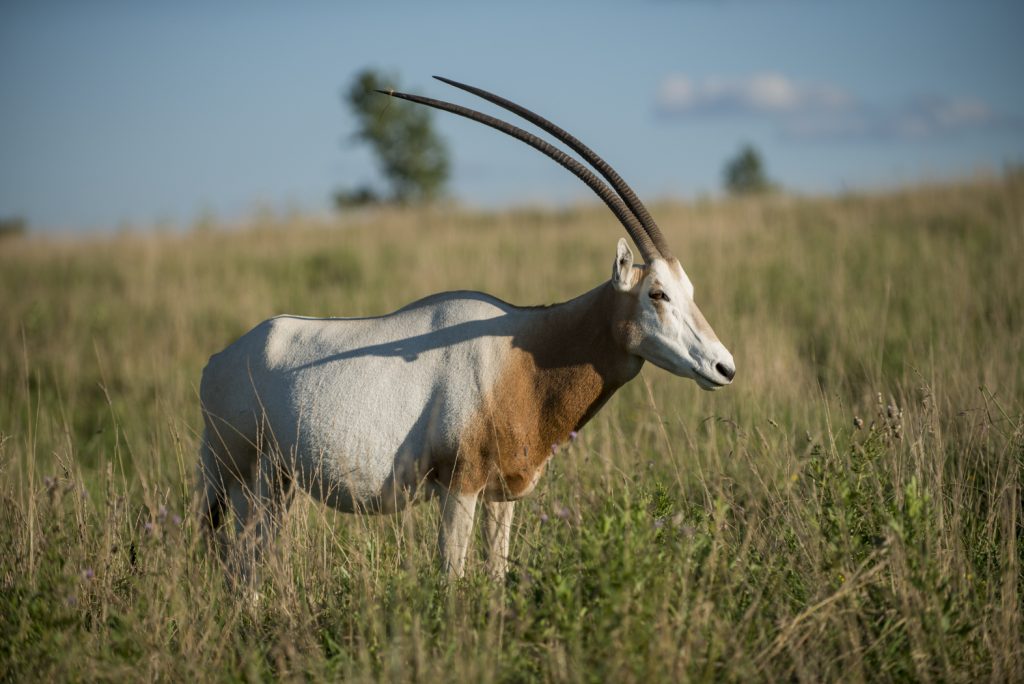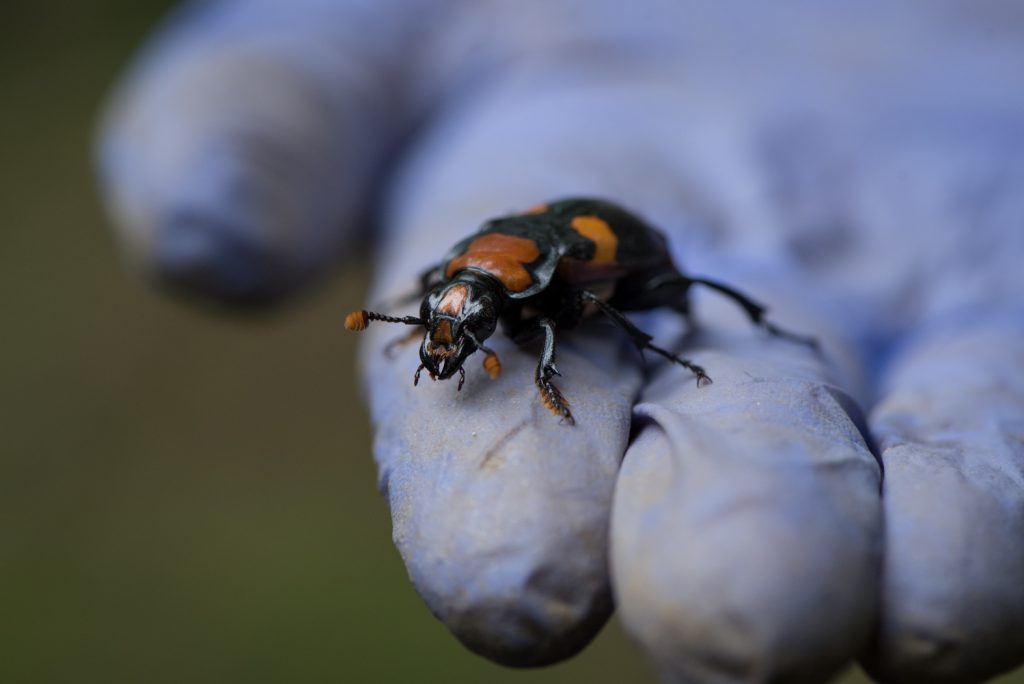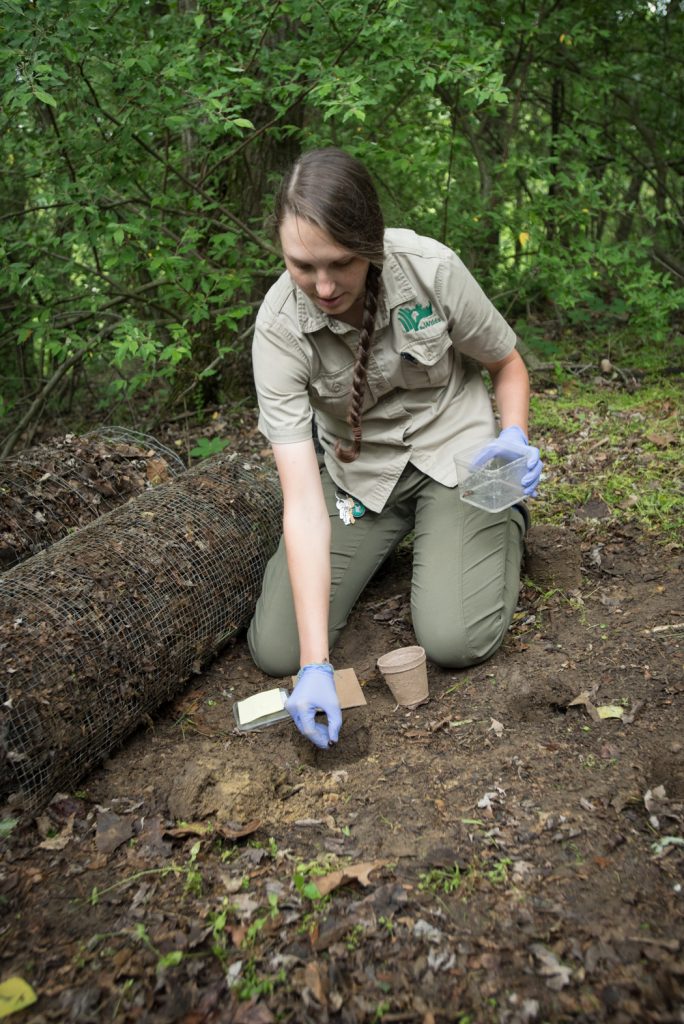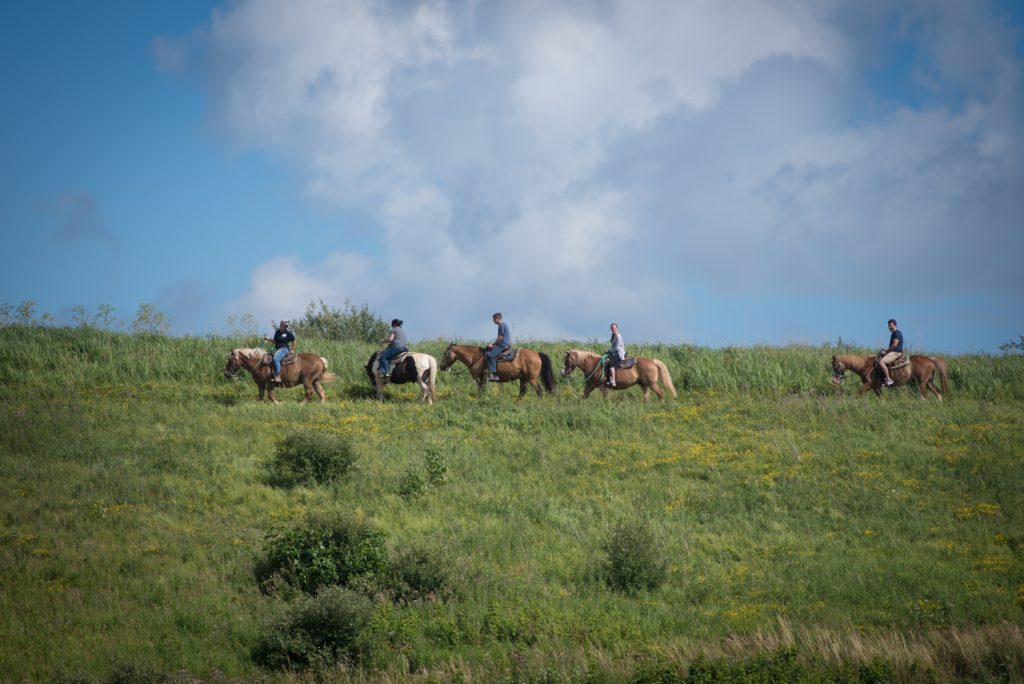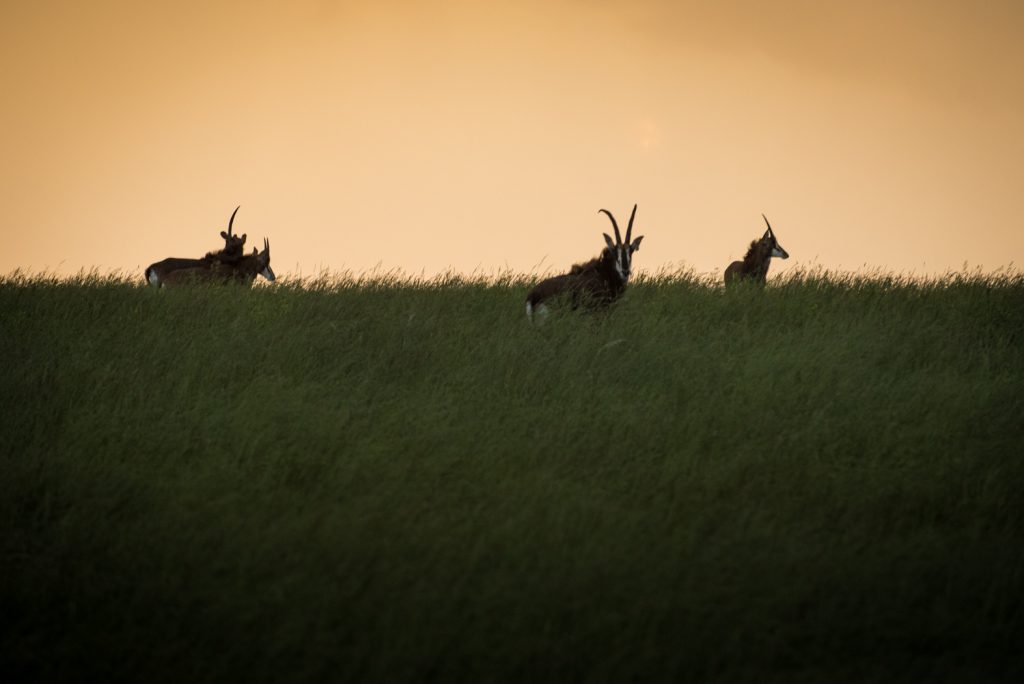Where The Wilds’ Things Are
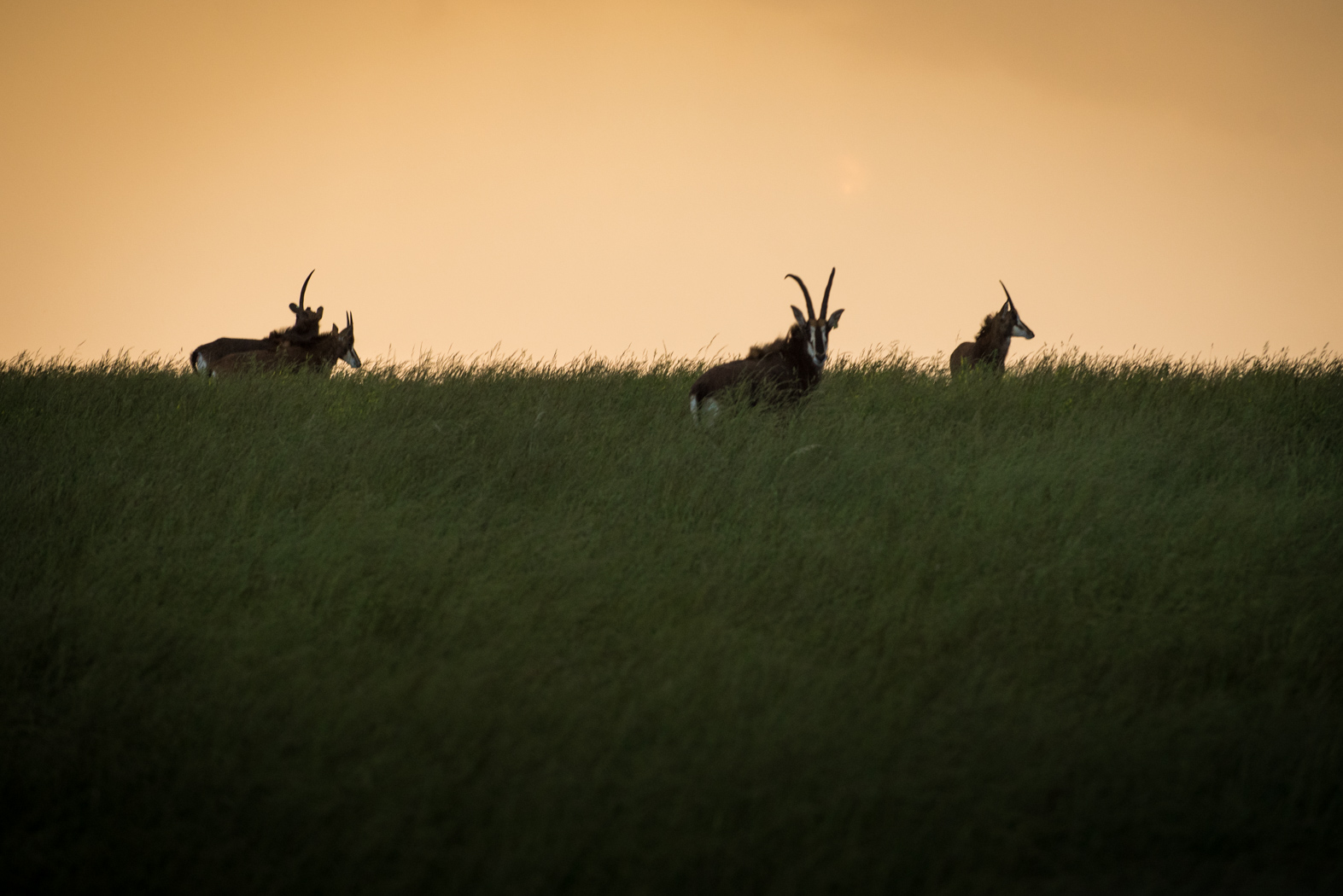
I step out of my truck into the parking lot and look to the hillside, scanning the slope where a herd of Przewalski’s Horses grazes. Incredibly endangered, the horses have evolved through the harsh cold of Northern Asia and their apathy toward the chilly cold of a Central Ohio morning strikes me with a pang of envy. Tweedy grass paints the hillside, fibrous snacks for the meandering herd. I’m at the Wilds, a 14.3 square-mile habitat, wildlife conservation park and research institution in the middle of Muskingum County, only 80 miles east of Columbus.
Every April the gates open again to the public. Creatures the likes of giraffes, rhinos, oryxes, and gazelles will re-emerge from their winter housing and roam across the vast landscape. Nothing else of the Wilds’ size or caliber exists in North America. Dan Beetem, the Director of Animal Management, meets me outside.
I shiver hello before following Beetam into a small beige building whose nondescript appearance belies the world-class science churning inside. He introduces me to Dr. Steve Spear and Dr. Rebecca Swab. The trio has over 50 years of combined experience in wildlife, ecology, and related fields. And all this expertise is brought together in Cumberland, Ohio—a mining town, barely big enough to be a dot on the map. When the land was being razed in full swing decades ago, locals likely never would have guessed that their backyards would soon provide the stage for internationally-recognized conservation science, and an investment in the future of exotic animals from across the world.
“The land that now accommodates the Wilds was strip mined for coal from the 40s through the 70s. It looked like the surface of the moon, “ Swab explains. “After reclamation, a lot of the grasses planted weren’t native, but they work really well for grazing, so it’s great for the endangered animals we keep here at the park.”
BROUGHT TO YOU BY
Many visitors come to watch exotic creatures wander through the grass, but Swab wants them to leave having heard one of the gospels of the Wilds–that conservation science is for Ohio, too. Handing me a Butterfly Habitat Trail Guide, she explains, “Over 15,000 tree seedlings have been planted here the near 8,000 acres of the Wilds’ property reserved for native restoration. One of my projects is called “Healthy Forest, Healthy Wildlife.” Basically, it’s the idea that healthy plants and a diverse forest ecosystem will help wildlife flourish.”
Swab encourages guests to take home milkweed seed packets to plant in their own yards, a plant critical for the survival of monarch butterflies. “It’s important to know that conservation work happens at a variety of levels and that you can help endangered species in your own backyard.”
Spear’s recent work deals with a critter that, not too long ago, you could dig up in a Columbus Metro Park—the American burying beetle, a critically-endangered ecological cornerstone. Spear unfolds his hands as he explains, “They are called decomposers because they help the environment by eating dead material. They need bigger meals than other burying beetles, and we think the decline of the passenger pigeon may have impacted their diet.”
Virtually extinct in its native North Africa, the scimitar-horned oryx finds one of its few sanctuaries at the Wilds. More muscular than its cousin the antelope, the oryx has dark eyes that are curious but intense. Often, they will cast their gaze back on park visitors, showing off athletic frames that sport a smooth pearl color and two ridged horns arching backwards over a tapered auburn neck.
It’s easy to understand why oryxes top Beetem’s list of favorite animals. His face lights up as he recounts his story of recent success with the oryx. “It turns out that the Environmental Agency of Abu Dhabi and The Sahara Conservation Fund were looking to do something conservation-minded with the scimitar-horned oryx in Chad. A number of animals from the Wilds went to the source herd in Abu Dhabi to contribute to the reintroductions. I got invited to Chad and spent a couple weeks on the project. I was there for their release into the wild, so I watched a group of animals that I have worked with for 30-some odd years go off to be wild animals again. It’s an amazing thing—a peak life moment—to know that a group of animals from Ohio, and their offspring, will re-establish the future wild population.”
Beetem gestures in the direction of the hillside outside and pauses before lowering his hand and saying, “It’s important for everyone to hear, to recognize the impact that we’re making here at the Wilds. For so many species, there is no wild to go back to, and this is one of the few instances where all the pieces came together. It was this arc concept that always appealed to me–that we are carrying these species and one day something good will happen with them.”
Photos by Grahm Jones, provided by The Columbus Zoo and Aquarium.
BROUGHT TO YOU BY




